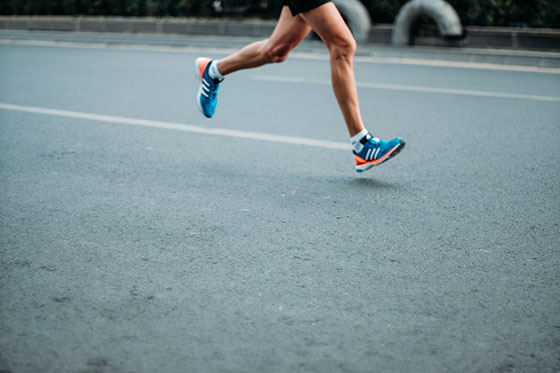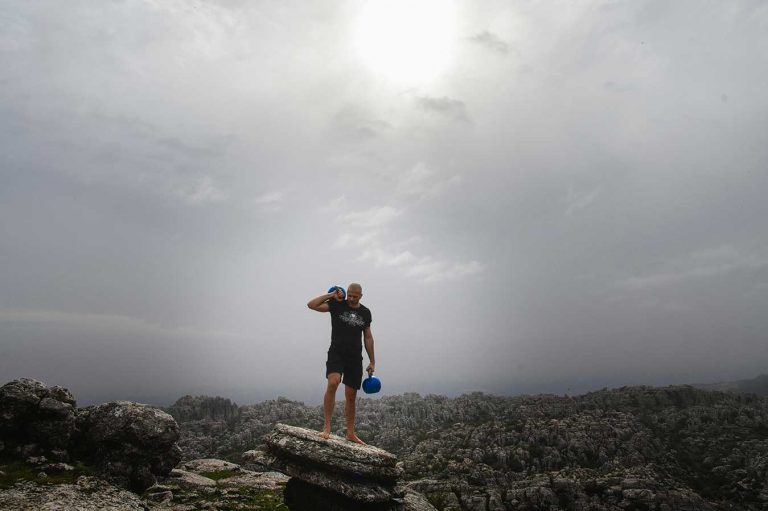Running can be a great way to stay healthy and fit, reduce stress and get outdoors. But for those who are just starting out, it may seem intimidating or overwhelming. From finding the right gear to dealing with sore muscles, there’s a lot to learn if you want to run safely and effectively. This article will provide some basic tips for beginners who are just getting started on their running journey. Whether you’re training for a 5K or just looking for some light exercise, these tips will help you make the most of your runs and start off on the right foot.

Why Start Running
There are many reasons to start running, whether it’s for weight loss, improved heart health, or simply to reduce stress. Keep in mind that taking up running is a great way to get in shape and can be done almost anywhere, making it a convenient exercise for busy people. Plus, it’s relatively inexpensive to get started – all you need is a good pair of shoes. If you’re thinking about starting to run, here are a few tips to help you get started:
1. Start slowly and build up gradually. If you’re new to running, don’t try to do too much too soon. Start with a walking program and gradually add some running intervals. Once you’re comfortable running for short periods of time, you can start increasing your distance and pace.
2. Find comfortable shoes. A good pair of running shoes is essential for any runner, especially beginners. Visit a specialty running store to get fitted for the right shoe for your foot type.
3. Dress appropriately. Choose clothing that will keep you cool and comfortable while you’re running. In warm weather, light-colored fabrics that wick away sweat are ideal; in cold weather, layers that can be removed as needed are best.
4. Be safe. Always follow basic safety precautions when running, such as carrying ID and telling someone where you’re going before heading out on your run.
5. Enjoy the scenery. Running is an excellent way to explore new places, so embrace your surroundings and take in the sights and sounds of your environment.
The Different Types of Running Shoes
There are four main types of running shoes: road running shoes, trail running shoes, cross-training shoes, and racing flats. Road running shoes are designed for pavement and sidewalks and have a cushioned sole to absorb the impact of your foot striking the ground. Trail running shoes are designed for off-road use, and have a more rugged sole to protect your feet from rocks and roots. Cross-training shoes are versatile enough to be used for both running and other activities like weightlifting or aerobics and have a supportive structure to stabilize your foot during lateral movements. Racing flats are lightweight and low-to-the-ground shoes designed for speed and don’t have as much cushioning as other types of running shoes.
When choosing a running shoe, it’s important to consider the type of surface you’ll be mostly running on (pavement, dirt trails, or a mix), as well as your own foot type (normal, high arch, flat feet). Some people prefer to buy different pairs of shoes for different surfaces, while others find that one versatile pair of cross-trainers can work for all their needs. There is no one perfect type of running shoe; it’s all about finding what works best for you.
The Different Types of Running
There are different types of running that can be categorized based on the intensity and duration of the activity. For instance, sprinting is a type of running that is characterized by short, quick bursts of speed, while marathon running is a type of running that is endurance-based and involves covering long distances. Other types of running include interval training, which alternates between periods of high-intensity and low-intensity running; tempo runs, which involve maintaining a consistent pace for an extended period of time; and recovery runs, which are used to help the body recover from strenuous exercise.
Tips for Beginners
If you’re just getting started with running, it’s important to ease into it. Running is a high-impact activity, so you need to give your body time to adjust. Start by running for a few minutes at a time, and gradually increase your time as you become more comfortable.
It’s also important to wear the right gear. Make sure you have a pair of supportive shoes that are designed for running. And be sure to dress for the weather—you don’t want to overheat or get too cold.
Finally, be sure to listen to your body. If you start to feel pain, slow down or stop altogether. Running should be enjoyable, so don’t push yourself too hard. With these tips, you’ll be on your way to becoming a runner in no time!

We hope this article has given you an introduction to running and the basics of how to start. Running is a great way to get fit, stay healthy, and achieve your goals, but it’s important to take it slow and find out what works best for your body. With the right plan in place, anyone can become a runner—all it takes is dedication and determination! So go ahead, lace up those sneakers and get ready to hit the ground running!



